Understanding the effect of structural plasticity on stress results.
Video length (2:48).
Sample files for use with the tutorials are available from the Downloads page. Expand the downloaded ZIP archive into a convenient directory from which you can import files into Local Simulation as you need them.
The simulated parts below show the predicted stresses and displacements after the part is removed from the build plate by electrical discharge machining (EDM). The upper figures in green show the Cauchy stress simulation results. In the two lower figures, the red and blue colored shapes show simulation results, while the grey shapes show experimental results, which indicate reduced displacement.
The results on the left are generated with Structural Plasticity turned Off. They show plasticity effects introduced by the moving heat source via the multi-scale method, but yielding is not turned on at the part level. This method is faster than with structural plasticity turned on, but tends to over-predict both stresses and post-EDM distortion.
The results on the right are generated with Structural Plasticity turned On. This method produces accurate results with the part still on the build plate, and introduces plastic yielding at the end of the part level simulation, resulting in more accurate simulation of residual stresses and post-EDM distortion.
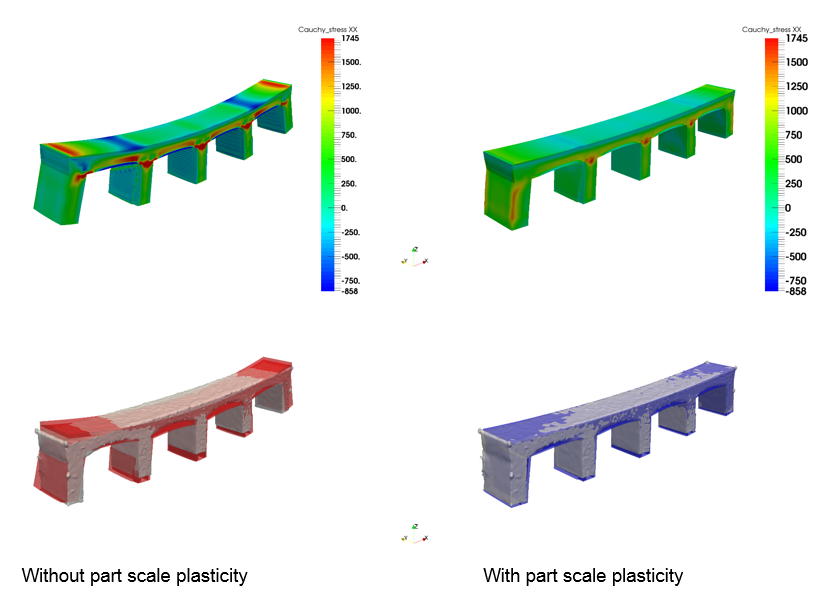
The effects of part scale plasticity
On the right side, we see the more accurate stress results with part scale plasticity turned on. The reduced deflection after EDM produces a simulation more consistent with experimental results.
- Click
, browse to the tutorial sample files, and in the folder Example_13, open
Example_13.tivus.
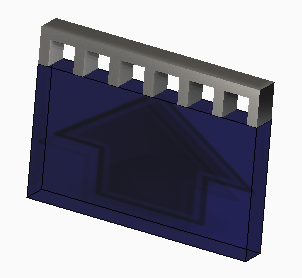
- On the Home tab, click
.
Try setting Structural Plasticity On and Off, noting the difference in result types to be generated.
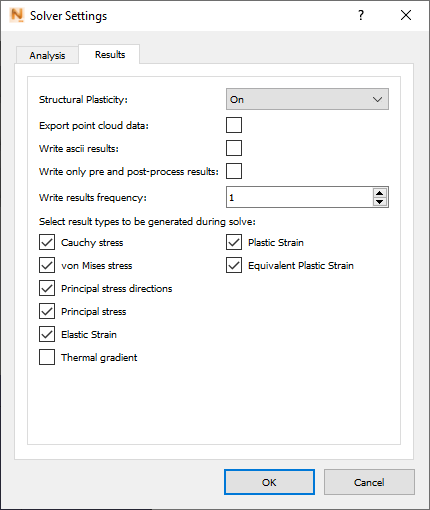
- Set Structural Plasticity On, click OK, and then click Solve.
- Load the results and turn on the Cauchy stress results.
- For better visibility, in the Browser deselect the
Element Edges bulb.
On the Results tab, in the Animation panel, note that only two increments or time steps are shown:
- After the part has cooled, when the last layer is straining to contract, but is restricted by the solid layers below.
- The post-EDM response, which shows some spring back.
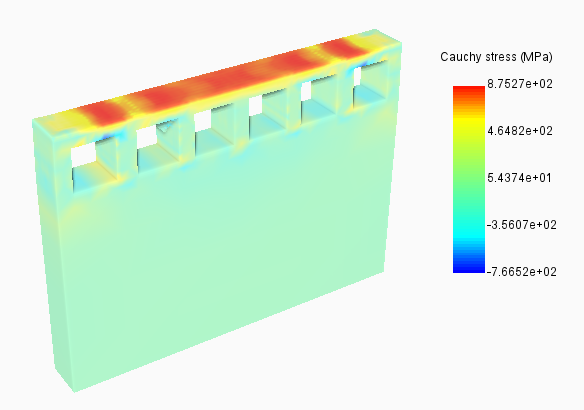
Cauchy stress after cooling
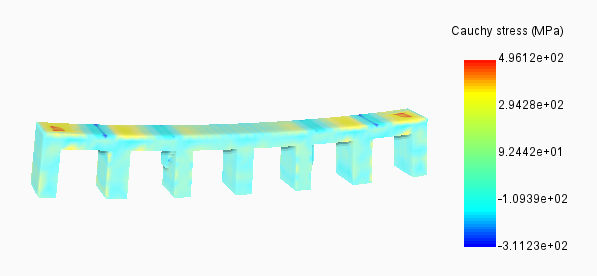
Cauchy stress after EDM